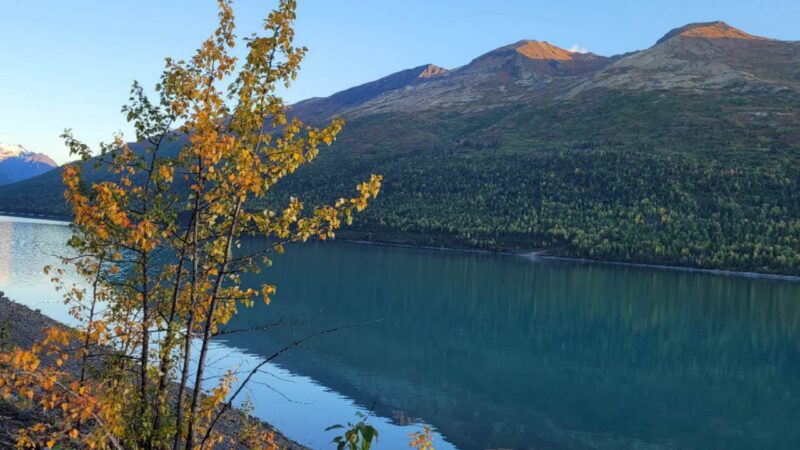It’s no secret that Alaska is home to some of the country’s most expansive wilderness areas, as well as state and national parks and monuments. These natural wonders can be enjoyed in a variety of ways, including kayaking, canoeing, boating, and whale-watching.
Moreover, the opportunity to see bears, explore the rainforest, and take a boat tour through the Inside Passage are just a few of the things available on a daily basis.
So, here is a list of some of the most popular tourist attractions in Alaska that you might not want to miss out on.
1. Denali National Park
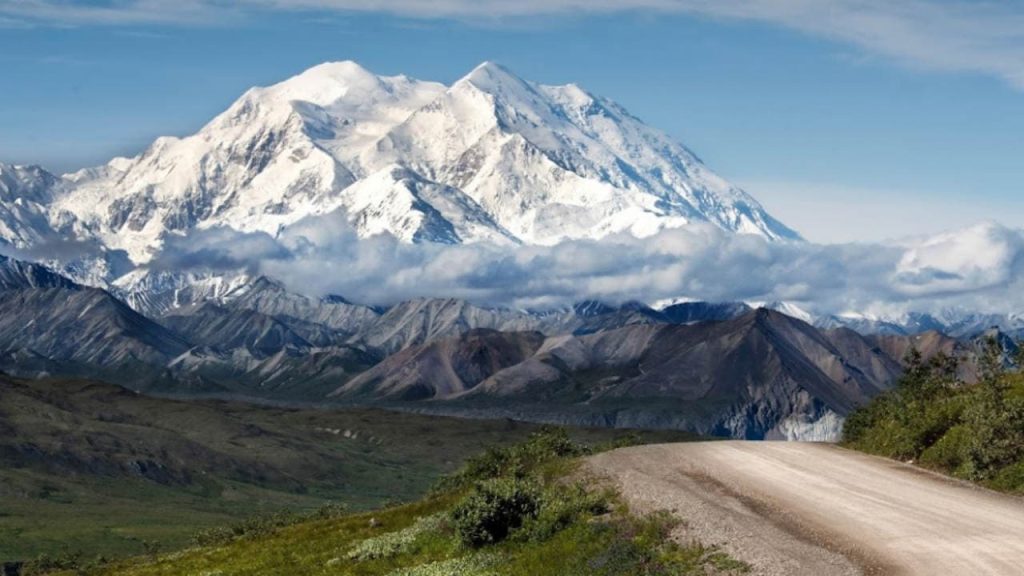
North America’s tallest mountain, Denali, is located in Denali National Park, which is the third-largest national park in the United States. The national park’s six million acres are breathtaking, regardless of the park’s name. Spacious streams and rivers, tundra, high mountain ranges, and glacial slopes are all examples of the photogenic landscapes in this park.
Grizzly bears, wolves, reindeer, elk, and other species can be found in Denali. Also, the park is home to more than 167 different kinds of birds. The park’s Sled Dog Kennels, where visitors can see demonstrations and meet the park’s resident huskies, are another popular attraction.
2. Tracy Arm Fjord
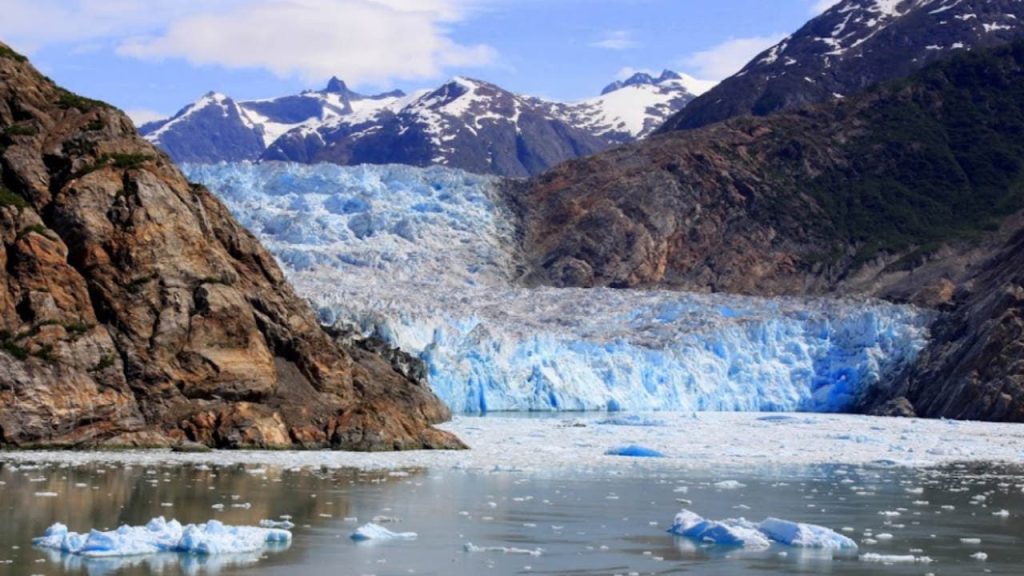
Situated south of Juneau, the Tracy Arm Fjord has glaciers lining its rim. You’ll be able to see snow-covered mountains punctuated by waterfalls cascading down sheer rock sides as glaciers break off into mini-icebergs.
In the Tongass National Forest, Tracy Arm-Fords Terror Wilderness, the fjord can be found. The Sawyer Glaciers are located at the fjord’s head. From the Tracy Arm, you can view the glaciers in Alaska. It doesn’t matter if you’re on land or at sea, you’re likely to see some kind of wildlife here.
3. Kenai Fjords National Park
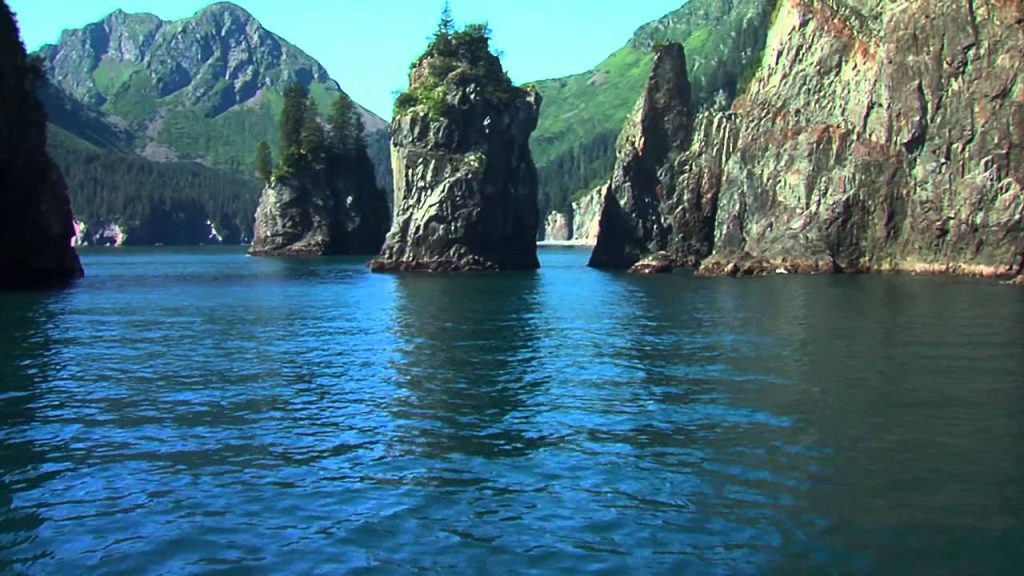
This national park, which encompasses the majority of the Kenai Peninsula’s fjord-infested shoreline, offers some of Alaska’s most spectacular views. From the park’s panoramic views, visitors may see the 700-square-mile Harding Icefield as well as a stretch of unspoiled shoreline.
In addition, the national park is home to large brown bears, which prey on salmon because of its high fat content. The northern boundary of this park may be reached through the Alaska Railroad and a highway that terminates at Seward, Alaska.
You might also want to try visiting these best national parks in Alaska.
4. Anchorage
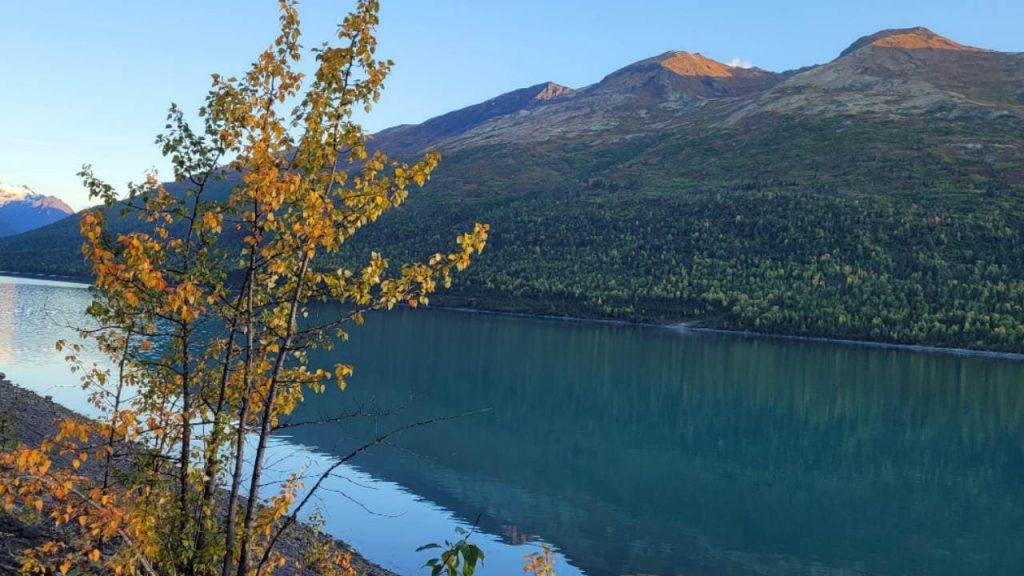
Alaska’s largest city, Anchorage, serves as a common starting point for travelers traveling into the state. Anchorage is surrounded with exciting experiences waiting to be discovered in every direction. From this location, you can easily access the Chugach State Park, which covers about half a million acres and is just a short drive away.
For experiencing fun and excitement, you don’t even have to step outside the city’s central district. You can visit the Alaska Native Heritage Center and the Anchorage Museum, which are two of the city’s most popular attractions. Also, the Tony Knowles Coastal Trail is a great place to bike if you want to get some fresh air without having to go far.
5. Alaska Highway
The Alaska Highway connects Dawson Creek in British Columbia (Canada) with Delta Junction in the Yukon Territory, where it is also known as the Alaska-Canada Highway or Alcan Highway. Following World War II, the route served as the principal land route to the Yukon Territory and the interior of Alaska.
It is also popular with recreational vehicle travelers. Hotels, shops, and petrol stations are located between 30 and 50 miles. While the Alcan Highway is generally straightforward for commuters, travelers should pack appropriately for the route’s majority of arid landscape.
6. University of Alaska Museum of the North
With its Fairbanks site, the University of Alaska Museum of the North includes over a million natural and archaeological heritage artifacts. The museum’s collection includes prehistoric artifacts, fauna, and paleontology specimens. The museum is situated in a state-of-the-art building.
However, students and faculty of the institution are admitted free of charge, whereas the general public is charged. Anyone can take self-directed tours, while bigger groups can take guided excursions.
Have fun with you family and friends in these amusement parks in Alaska.
7. Inside Passage
Located in Southeast Alaska, the Inside Passage is an expanse of protected canals and straits. Large ships, charter boats, and private yachts are the most common modes of transportation for visitors to the fjords.
There are 17 million acres in the Tongass National Forest, which stretches along the coast and contains mountains, islands, glaciers, and ice fields. The forest also includes Prince of Wales Island, the greatest peninsula in the United States.
8. Alaska Railroad
In addition to being an important part of Alaska’s history, the Alaska Railroad serves as an essential mode of transportation in the state today. This railroad, which stretches from Seward to Fairbanks, was essential in the development of Anchorage from a tent town to what it is now.
The Chugach National Forest, Anchorage, and Denali National Park & Preserve are among the most popular stops on the road. Wilderness skiing trips and a Halloween Train for youngsters are just two of the many special event rides offered by the Alaska Railroad.
9. Dalton Highway
Prudhoe Bay is located more than 400 miles north of Alaska’s extreme north on the Dalton Highway. It is easily accessible from Fairbanks and Anchorage, as well as via the Trans-Alaska Pipeline.
At its northernmost point, the Dalton Highway crosses the Arctic Circle, where summer solstice brings 24 hours of daylight and winter solstice brings 24 hours of darkness. Aurora Borealis, or the Northern Lights, can be seen in this northern latitude on numerous nights between September and mid-April. During the frigid winter months, visitors can remain warm by enjoying an aurora tour.
10. Alaska Native Heritage Center
At the Alaska Native Heritage Center, visitors can interact with the folk music, culture, and art of the state’s 11 primary cultural communities. The Heritage Center provides a location to meet people and engage in programs and events in addition to providing interpretive information.
The Heritage Center may be found just outside of Anchorage, in a place called Seward. Alaska Native dance and storytellers gather in The Gathering Place, which also features a Hall of Cultures filled with exhibitions and local vendors selling their wares.
The picturesque Lake Tiulana, surrounded by Alaska Native traditional homes, is located on the premises. Moreover, the modern Anchorage Museum at Rasmuson Center has a summer-season shuttle to this out-of-town attraction.
11. Mendenhall Glacier
The 1,500-square-mile Juneau Icefield feeds the Mendenhall Glacier, which flows to a small lake 12 miles from the state capital. Both glaciers and icebergs can be seen from Mendenhall Glacier Visitor Center, while trails lead to thundering Nugget Falls and the spectacular ice mass. It is conceivable to float among the ice fields by rafting or a kayak excursion.
It’s not unusual to see black bears, porcupines, and beavers when exploring this azure-blue wilderness. The months of May through October are the most favorable for travel because of the higher likelihood of good weather. It is particularly enjoyable to see the glacier on rainy days since the ice changes color.
12. Wrangell-St. Elias National Park & Preserve
As Alaska’s largest national park, Wrangell-St. Elias & Preserve is also the most breathtaking. Nine of the country’s 16 tallest mountains can be found in this vast mountain range. Along with glaciers, lakes, and mountain streams, the park’s northern border with Canada is also home to a diverse array of animals.
Climbers, hikers, and water sports enthusiasts will love Wrangell-St. Elias. The park’s Kennecott Mines National Historic Landmark offers a glimpse into the once-bustling mill town, complete with deteriorating heritage structures and defunct mines, that once stood there.
13. Brooks Falls, Katmai National Park
Brown bears are known to frequent Brooks Falls in Katmai National Park. This is due to the fact that the Brooks River becomes a magnet for the park’s largest mammals during the months of June and July, when the salmon spawn. Some of the best animal viewings in the country can now be had from raised platforms around the falls.
Both Brooks Falls and Katmai National Park are located on the Alaskan Peninsula. Getting to the park requires either aircraft or using a watercraft. However, you don’t need to book an all-inclusive vacation package to visit the falls. A number of aircraft companies also offer shuttle services to the site.
14. Seward
The journey to Seward is just as exciting as the destination itself. Alaska’s capital city is linked to the surrounding area by the Seward Highway. For the first 50 miles out of Anchorage, the Turnagain Arm and Chugach State Park are visible.
While driving, you may catch a glimpse of the nearby mountains, glaciers, or even beluga whales. Tourists can also ride the picturesque Alaska Railroad from Anchorage to Seward. The Alaska Railroad ends in Fairbanks, significantly further north than Anchorage.
The Alaska Sea Life Center and a lovely commute make Seward a great place to visit. Moreover, the Kenai Peninsula and the nearby Exit Glacier are easily accessible from Anchorage. The Kodiak bear and other endangered species are among the many reasons for the establishment of the Kodiak National Wildlife Refuge.
15. Klondike Gold Rush National Historical Park
There are many nicely restored structures in Skagway’s historic district for the Klondike Gold Rush National Historical Park. The 33-mile-long Chilkoot Trail, which begins at Taiya River Bridge and commemorates the road and hardships of former gold seekers, is open to the public for exploration.
On-site museums and visitor centers can also be visited by tourists. Skagway is the starting point for the White Pass & Yukon Route Railway, which ascends to a height of 2,865 feet at White Pass. At the historic depot, visitors can also learn about Alaska’s history and culture.
16. Totem Bight State Historic Park
Totem poles were a tradition that were on the verge of extinction when in 1938 the United States Forest Service started a project to save, restore, and create totem poles. The funds were utilized to recruit carvers from among the older generations, and these craftsmen were responsible for restoring or recreating totem poles that had been abandoned.
As a result of this labor, they were able to teach younger members of the community some of the skills that they had acquired.
17. Klondike Gold Rush National Historical Park
In order to commemorate the Yukon Gold Rush of 1897 and 1898, the Klondike Gold Rush National Historical Park preserves and restores some outstanding structures in the Skagway historic area. Visitors have the opportunity to travel the Chilkoot Trail, which is 33 miles long and begins near the Taiya River Bridge. This trail honors the journey and hardships endured by those who sought gold in the past.
Wherever your travels take you in Alaska, you will be awestruck by the sheer magnitude of the state. In this state that is ruggedly beautiful, you will never get bored learning about the greatest spots to visit.

